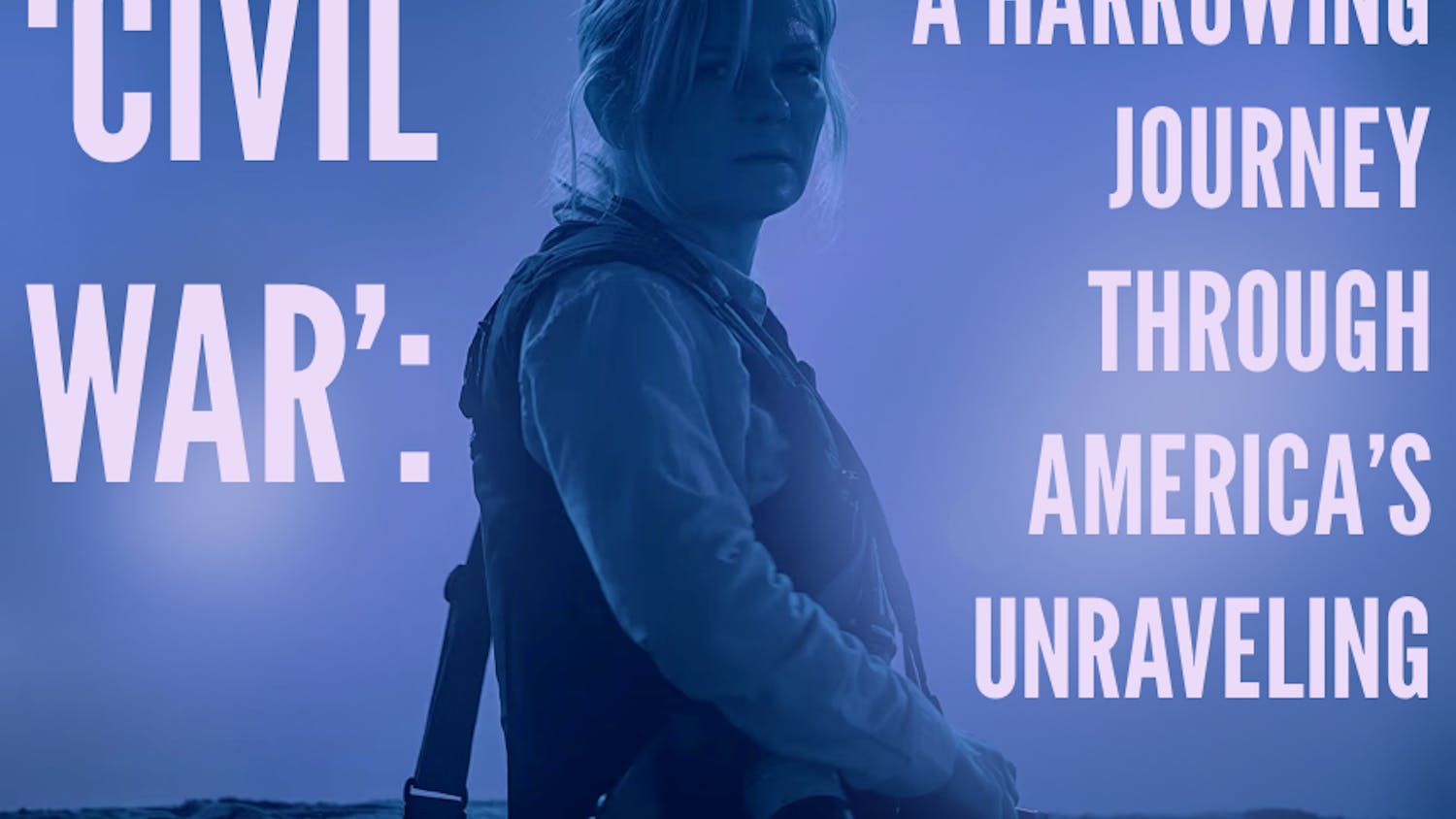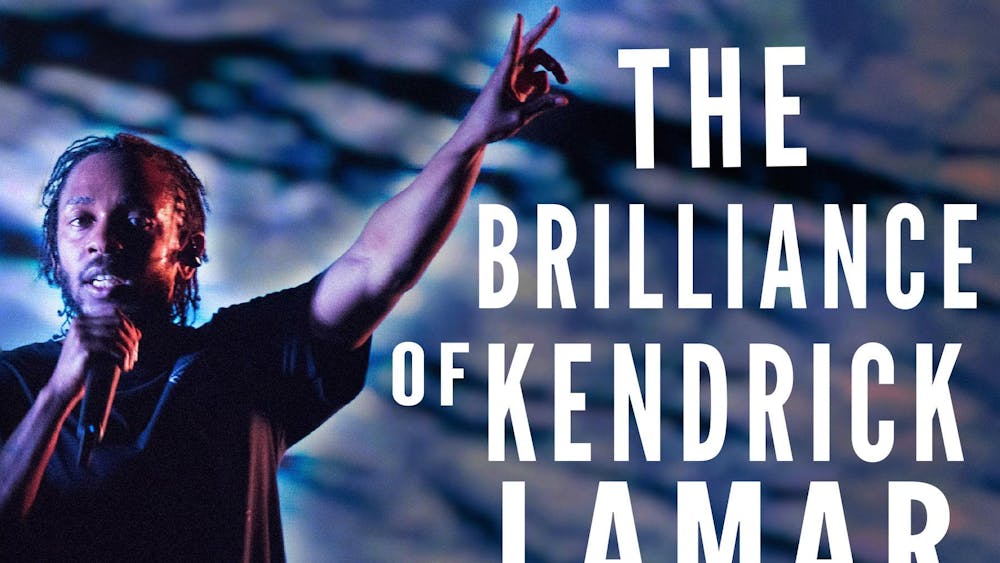The wilderness is a paradox for man. From a photograph or plane window, its visceral beauty is calming. Its stillness is reassuring. But for those that must survive in it, or despite it, its character is a more fatalistic one.

In "The Grey," Liam Neeson ("Schindler's List") plays Ottway, a security guard for an oil company in Alaska. He spends his days alone with only his rifle for companionship protecting the men from vicious Arctic wolves. Once-married Ottway has escaped society to try and find serenity at the end of the earth.
However, still haunted by his past, Ottway has become a depressed recluse. Much like his surroundings, he is cold and desolate. Enveloped by this cloud of indifference, he begins to question whether life is still worth living. After his plane crashes in the middle of nowhere, Ottway must use his wits and expertise to lead a group of survivors. He must bring them through not only the bitter Arctic landscape, but a pack of unusually savage wolves that are hunting them as well.
At age 60, Neeson's resurgence as an action star is a peculiar one. Ever since "Taken," audiences have largely embraced his new persona. Neeson's rugged masculine features coupled with that firm baritone Irish accent give him an incredibly affirming nature. He gains our trust immediately and, therefore, our fondness. This natural likability allows for the action that follows to become ever more meaningful.
In "The Grey," Neeson does a wonderful job allowing for his God-given demeanor to take the lead. He expresses his character exquisitely with longing looks and a simple furrowing of the brow. Like an odd mixture of Jimmy Stewart and Clint Eastwood, Neeson blends vulnerability with a fierce toughness.
"The Grey" is a film with rampant schizophrenia. It can't ever seem to make up its mind on what personality it wants to have. One's initial reaction would be that it is an action-adventure movie. On some level this is correct. It is full of gorgeous cinematography of the wondrous Alaskan setting.
But the emphasis on the wolves that attack the men, like demons in the night, is more prominent than the journey itself. The wolves provide plenty of startling moments and you find yourself solely waiting for the next one. This makes "The Grey" more reminiscent of an animal attack film like "Jaws" or "Cujo."

However, there is another element to "The Grey" one would not expect. The film painstakingly attempts to develop a heartbreaking sentimentality to it. Poetic narration by Neeson throughout the film is a testament to this. As Ottway deals with his own suicidal struggles, he begins to reflect on motivations for both living and dying. He is not the only one, though, because as the men to come to terms with the rampant death that surrounds them, they also begin such philosophical deliberations. The conclusions are sometimes sharp, but largely overshadowed by the violent wolf attacks that take up most of the viewer's focus.
Other than Neeson, the other characters are forgettable and serve more as wolf bait than anything else. Another issue is that anyone who has ridden a plane knows that when it crashes, there is a GPS on board that allows him or her to immediately pinpoint its whereabouts. So the decision of the men to simply march south in search of rescue rather than staying with the wreckage was tough to swallow.
Joe Carnahan does stupendous work, however, giving the film its own feel and visual style. The filming of the plane crash was tremendous, executed with hair-raising brilliance. "The Grey" radiates its own gritty exterior, aggressively catching one's attention in its web.
But, once the journey is over and the story is told, one feels satisfied but unmoved. The movie hits all its marks, but "The Grey's" inability to mature any of its many thematic styles effectively hinders it.
Contact Neil Mathieson at nmathies@nd.edu












